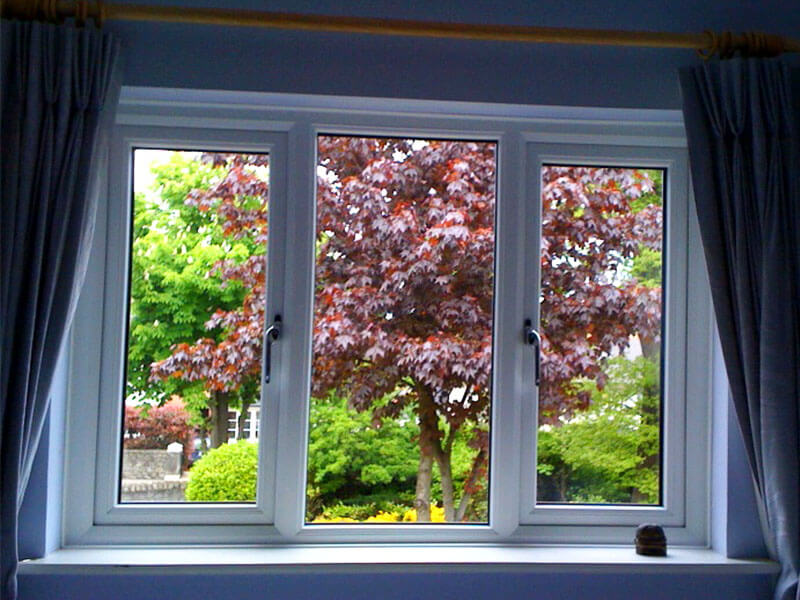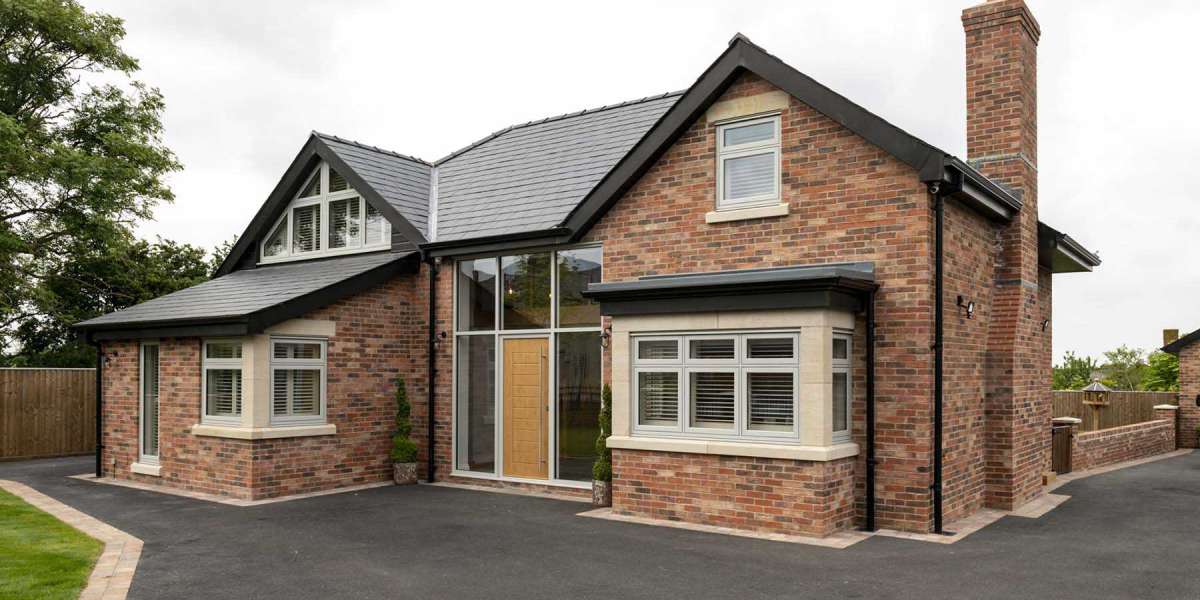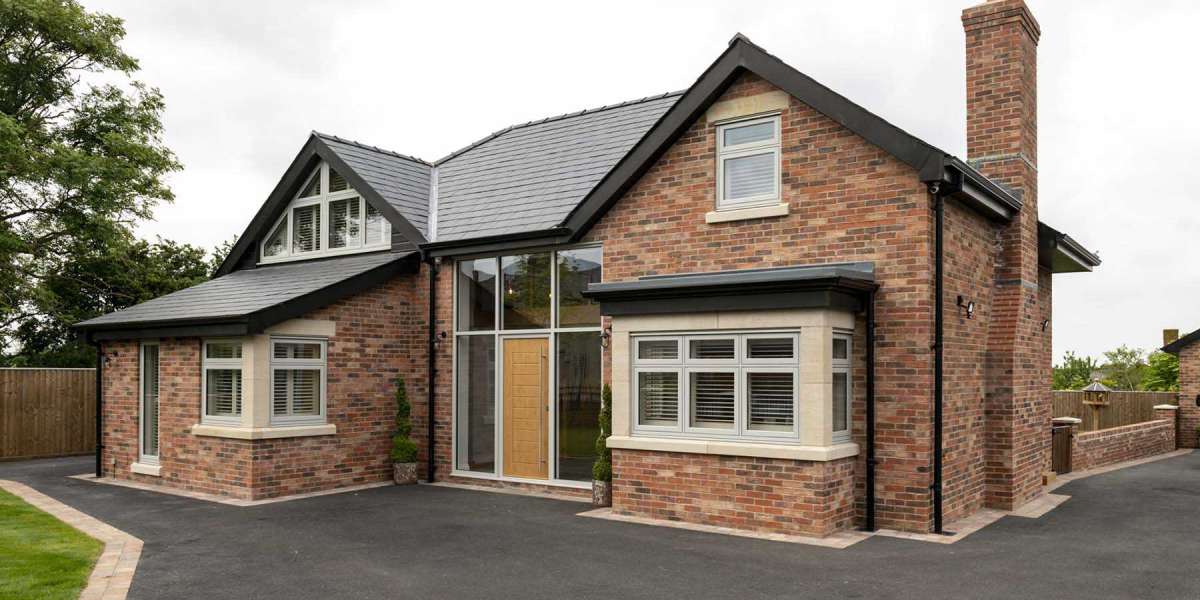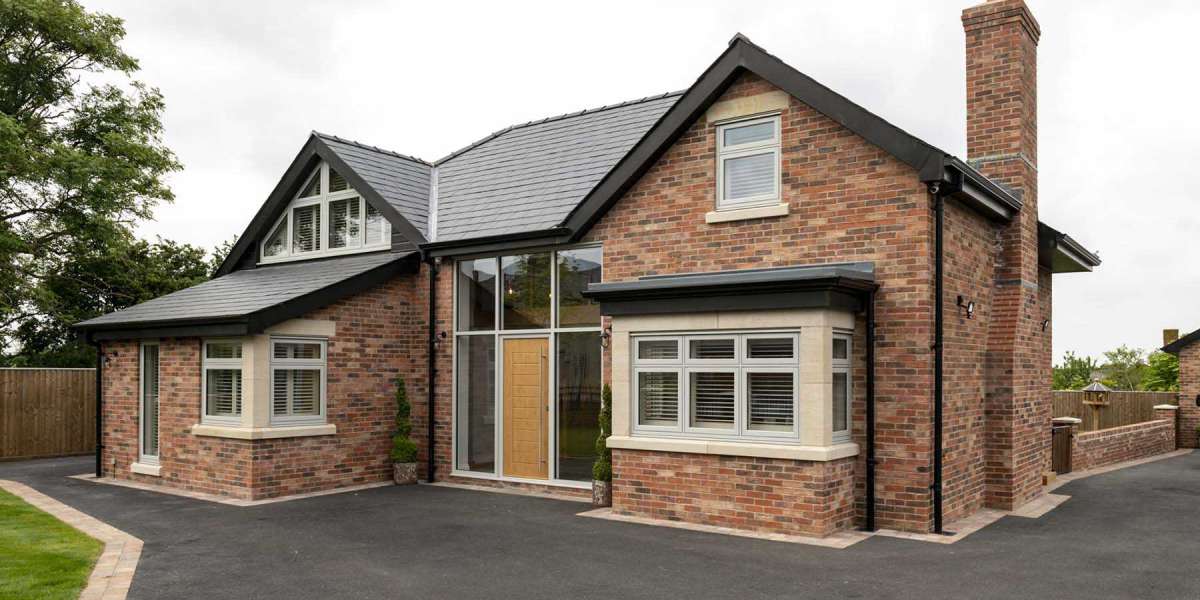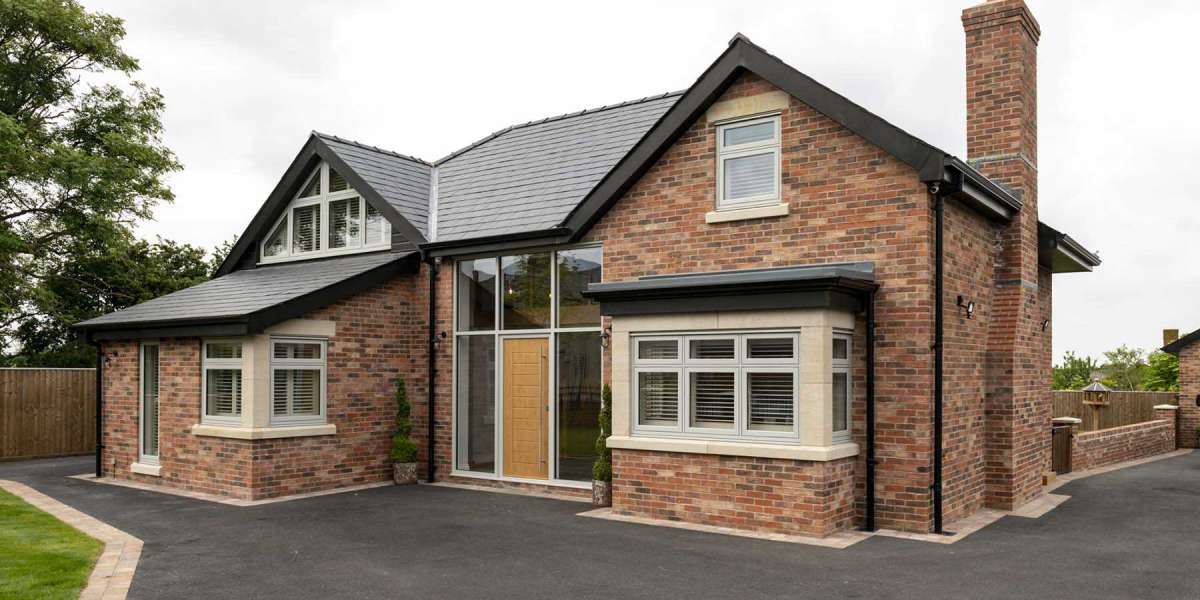Glass partitions have become an increasingly popular architectural feature in modern interior design, offering a unique blend of aesthetics, functionality, and versatility. This report aims to provide an in-depth analysis of glass partitions, exploring their benefits, various applications, design considerations, and the challenges associated with their use.
Introduction
Glass partitions are non-load-bearing walls made primarily of glass that serve to divide spaces within a building while maintaining an open and airy feel. They can be framed or frameless, allowing for a range of styles that can complement any interior design. The growing trend towards open-plan offices and collaborative workspaces has further accelerated the adoption of glass partitions in commercial and residential settings alike.
Benefits of Glass Partitions
- Aesthetic Appeal: One of the most significant advantages of glass partitions is their ability to enhance the visual appeal of a space. They allow natural light to flow freely, creating an illusion of openness and spaciousness. The transparency of glass can make small areas feel larger and more inviting.
- Flexibility and Versatility: Glass partitions can be used in various settings, from office spaces to retail environments and residential homes. They can be easily reconfigured to adapt to changing needs, making them an ideal solution for dynamic work environments.
- Sound Isolation: While glass is often perceived as a poor sound insulator, modern advancements in glass technology have led to the development of acoustic glass partitions that effectively reduce noise transmission. This feature is particularly beneficial in office settings where privacy and concentration are essential.
- Durability and Maintenance: Glass partitions are typically made from tempered or laminated glass, which offers superior strength and safety. They are also easy to clean and maintain, requiring only regular wiping to keep them looking pristine.
- Environmental Benefits: The use of glass partitions can contribute to energy efficiency in buildings. By maximizing natural light, they can reduce the need for artificial lighting during the day, leading to lower energy consumption and costs.
Applications of Glass Partitions
- Office Spaces: Glass partitions are widely used in corporate environments to create meeting rooms, private offices, and collaborative work areas. They promote transparency and communication while providing employees with a degree of privacy.
- Retail Environments: In retail settings, glass partitions can be used to create distinct areas for different product displays or to separate checkout areas from shopping spaces. This can enhance the shopping experience Doors By Ideal Glass providing clear sightlines and an organized layout.
- Healthcare Facilities: Glass partitions are increasingly being utilized in healthcare settings to create waiting areas, consultation rooms, and examination spaces. Their ability to allow natural light into otherwise sterile environments can improve patient comfort and well-being.
- Residential Use: Homeowners are adopting glass partitions to create open-concept living spaces, separate rooms without sacrificing light, and enhance the overall aesthetic of their homes. They can be used in areas such as bathrooms, kitchens, and living rooms to create a modern look.
- Educational Institutions: Schools and universities are incorporating glass partitions in classrooms and study areas to foster collaboration and communication among students while allowing for supervision by educators.
Design Considerations
When integrating glass partitions into a space, several design considerations must be taken into account:
- Type of Glass: The choice of glass is crucial. Options include clear, frosted, tinted, or patterned glass, each offering different levels of privacy and aesthetics. Acoustic glass should be considered in environments where sound insulation is a priority.
- Framing Options: Glass partitions can be framed or frameless. Framed partitions provide structural support and can offer a more traditional look, while frameless designs create a sleek, modern appearance that emphasizes transparency.
- Hardware and Fittings: The choice of hardware, such as hinges, locks, and handles, should complement the overall design. Minimalist hardware can enhance the clean lines of glass partitions, while more decorative options can add character.
- Lighting: The integration of lighting with glass partitions can dramatically affect the ambiance of a space. Backlighting or strategically placed ambient lighting can highlight the beauty of the glass and create a warm atmosphere.
- Safety and Compliance: Safety is paramount when installing glass partitions. Compliance with building codes and regulations regarding glass thickness, shatter resistance, and fire safety must be ensured to protect occupants.
Challenges and Considerations
Despite their many benefits, glass partitions also present certain challenges:
- Cost: The initial investment for high-quality glass partitions can be significant. While they may save costs in terms of energy efficiency and maintenance over time, budget constraints may limit their adoption.
- Privacy Concerns: While glass partitions can provide a sense of openness, they may not offer sufficient privacy in certain settings. This can be mitigated through the use of frosted or tinted glass, but it is a critical consideration in sensitive environments.
- Installation Complexity: The installation of glass partitions can be complex and requires skilled professionals to ensure proper fitting and alignment. This can lead to longer installation times and potential disruptions in the workspace.
- Cleaning and Maintenance: Although glass is easy to clean, fingerprints and smudges can be more visible compared to traditional walls. Regular maintenance is essential to keep glass partitions looking their best.
Conclusion
Glass partitions are a versatile and modern solution for dividing spaces while maintaining an open and inviting atmosphere. Their aesthetic appeal, flexibility, and ability to promote natural light make them an attractive choice for various applications, from office environments to residential homes. However, it is essential to consider factors such as cost, privacy, and installation challenges when integrating glass partitions into a design. With careful planning and consideration, glass partitions can significantly enhance the functionality and aesthetics of any space.
